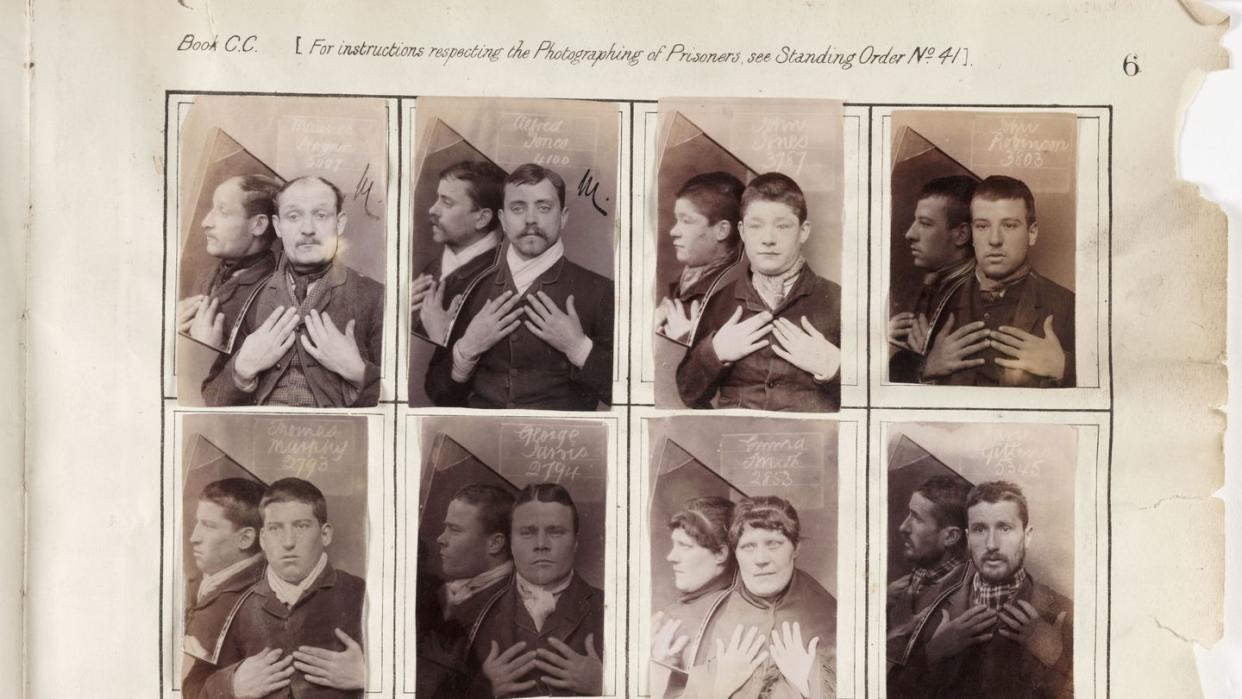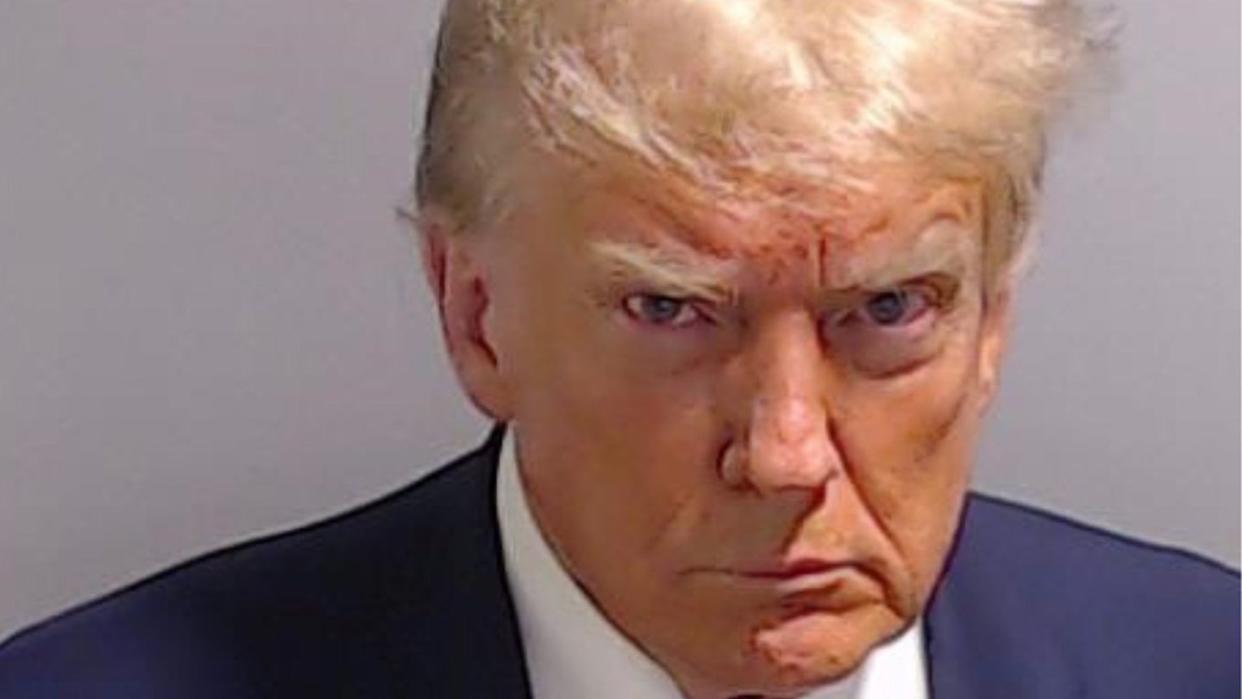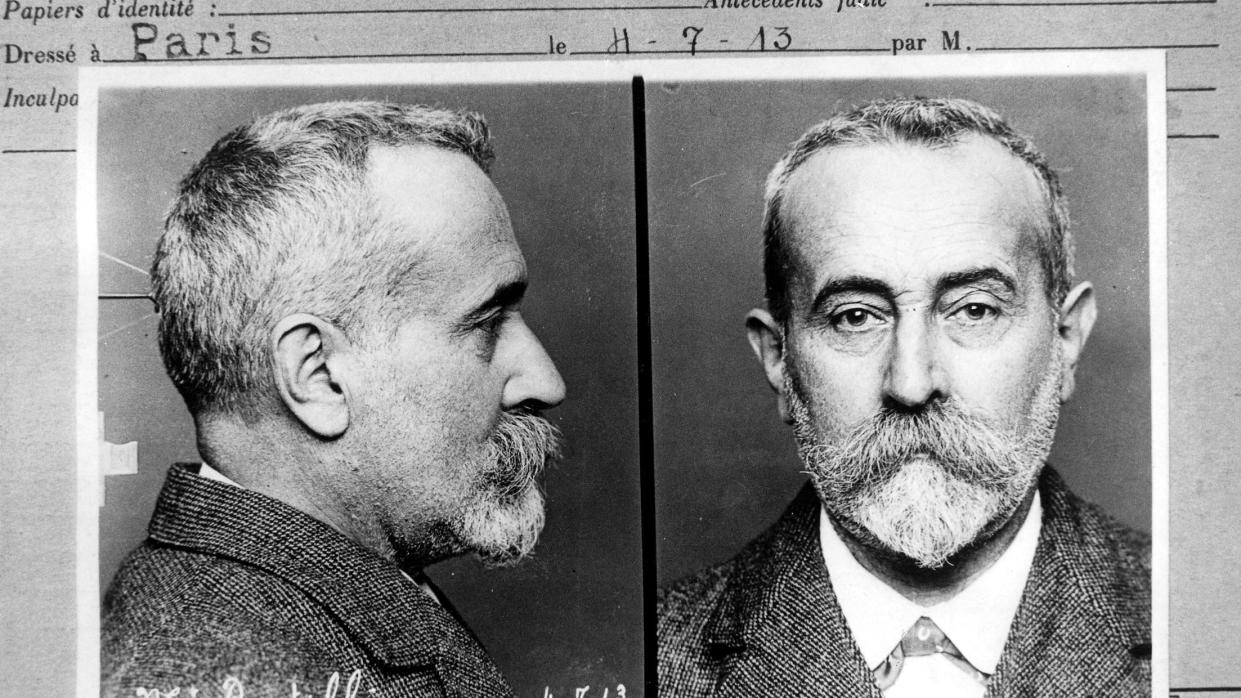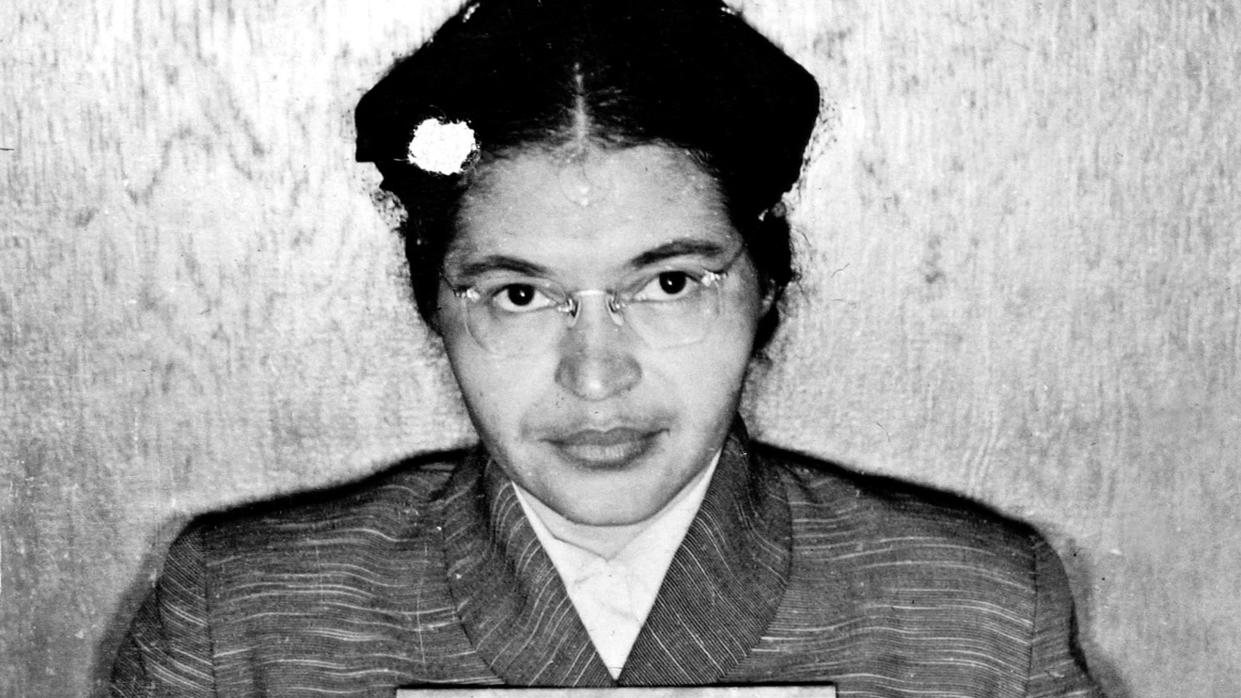The History of the Mug Shot

"Hearst Magazines and Yahoo may earn commission or revenue on some items through these links."
Former U.S. president Donald Trump has now been indicted in four criminal cases, but today marks the first time prosecutors have opted to take a mug shot of him. Unlike the previous three arraignments, Fulton Country Sheriff Pat Labat told reporters, "Unless somebody tells me differently, we are following our normal practices, and so it doesn't matter your status, we'll have a mug shot ready for you."
The photograph was eventually released Thursday evening:

Below, a brief history of mug shots:
1850s: The advent of photographing criminals
The earliest mug shot (as we think of them today) was taken of a prisoner in Brussels, Belgium in 1843. A decade later, the British police had hired a professional photographer, and as early as the 1850s, American police departments began taking photographs of criminals, "displayed their portraits for public viewing in rogues' galleries," according to Shawn Michelle Smith in Aperture. "Early ambrotypes and tintypes captured suspects in a range of gray hues, encircled by ornamental brass frames; occasionally, their cheeks have been tinted pink."
As the New Zealand Police Department writes, the rogues galleries were problematic. "People were invited to look through galleries of mug shots in order to familiarise themselves with local criminals, and possibly help identify offenders. Rather than a practical aid to police, however, some scholars have criticised rogues galleries as merely a source of entertainment for Victorian voyeurs."
1880s: Alphonse Bertillon invents the mug shot
The mug shot as we know it today—a tightly framed photograph of a suspect's face and side profile—was invented by Parisian police officer Alphonse Bertillon in the late 1880s. Bertillon standardized the mug shot, hoping to catalog criminals more effectively.

He called the mug shot a "portrait parlé," or speaking image. According to the Metropolitan Museum of Art, which has a collection of Bertillon's mug shots of suspected anarchists, "The system, which became known as Bertillonage, had three components: anthropometric measurement, precise verbal description of the prisoner’s physical characteristics, and standardized photographs of the face."
His mug shot technique has persisted to this day, though fingerprints quickly became a more accurate way to track criminals. Still, Jonathan Finn, who wrote Capturing the Criminal Image From Mug Shot to Surveillance Society, told NPR that the mug shot is still "very much with us" in the modern era. Finn explained, "Whenever you go through an airport or at a train station and anything else and somebody asks to see your identification document, that all has roots in the late 1800s and the work of people like Bertillon and his contemporaries."
Famous mug shots throughout the 20th century

Throughout the 20th century, mug shots of everyone from civil rights leaders to criminals to celebrities have made an imprint on the popular consciousness. As Gillian Brockell notes in the Washington Post, "Celebrity mug shots are a genre unto themselves, notable for providing that rare opportunity to see the rich and beautiful brought low."
2020s: Are mug shots on their way out?
Around the U.S., the practice of releasing mug shots may be on its way out. In 2020, San Francisco police announced they would no longer be releasing mug shots unless there was a public safety reason. "This policy emerges from compelling research suggesting that the widespread publication of police booking photos in the news and on social media creates an illusory correlation for viewers that fosters racial bias and vastly overstates the propensity of Black and brown men to engage in criminal behavior," William Scott, chief of police, said in a statement.
Newsrooms, too, are beginning to no longer publish mug shots. "Mugshot slideshows whose primary purpose is to generate page views will no longer appear on our websites," Mark Lorando, a managing editor at the Houston Chronicle, said in 2020.
You Might Also Like
